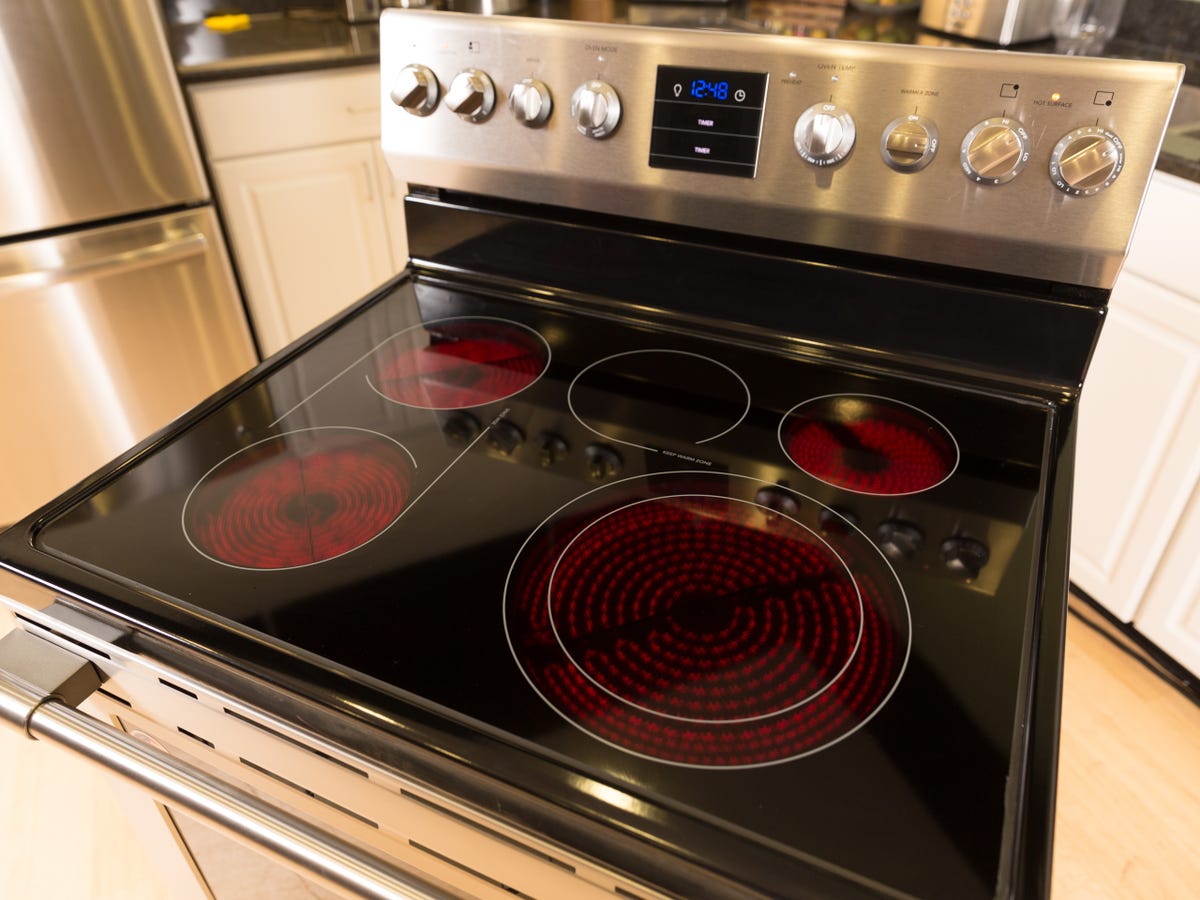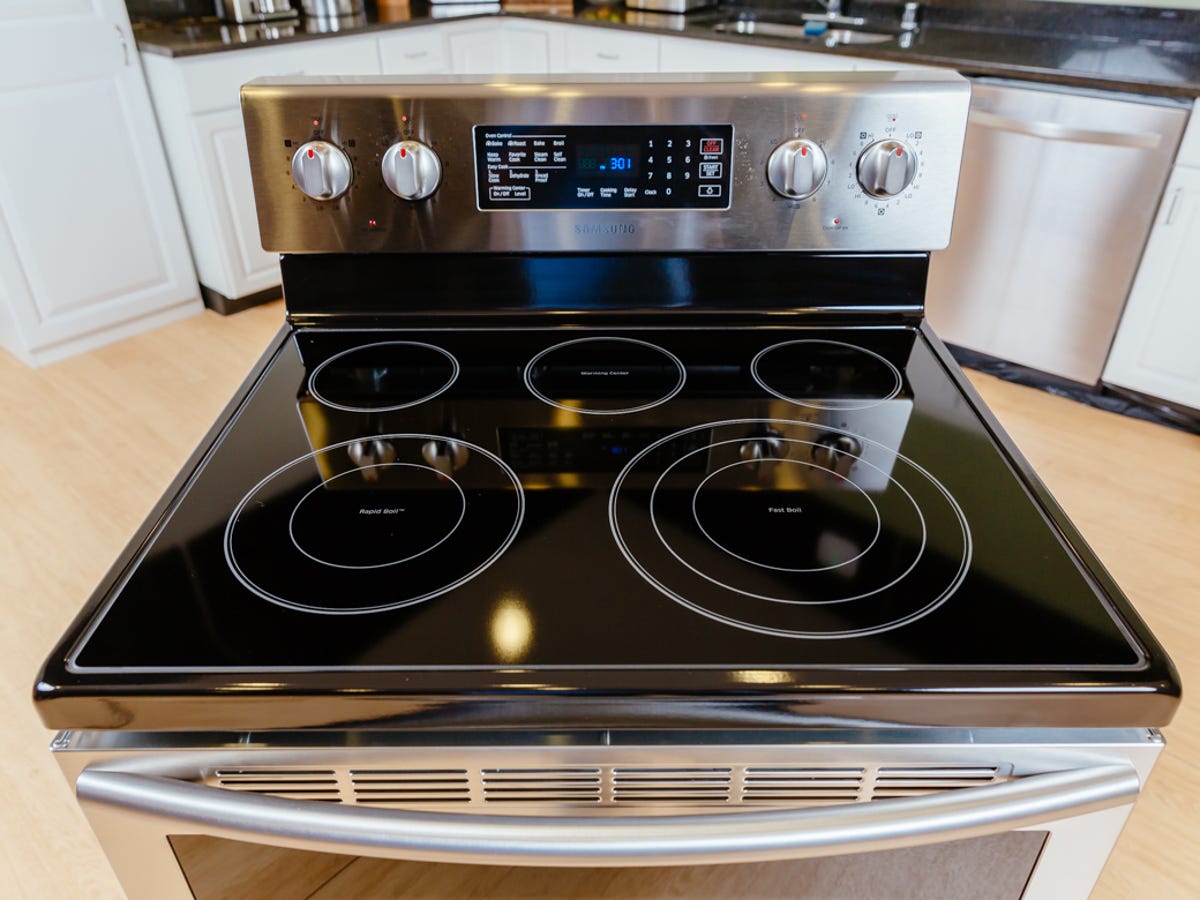As an Amazon Associate KitchenwareSets.com earns from qualifying purchases.
Do Induction Cooktops Get Hot? Safety and Efficiency Guide
Ever wondered if induction cooktops get hot? This cutting-edge cooking technology has sparked both curiosity and concern among home cooks looking to upgrade their kitchen appliances.
Whether you’re worried about safety around children or wondering about the heat transfer process, understanding how induction cooktops handle heat is crucial for making an informed decision about your kitchen setup.
Induction cooktops only get hot in specific cooking zones where magnetic cookware is placed, reaching temperatures up to 500°F (260°C), while the surrounding surface remains relatively cool to touch since heat is generated directly in the pan rather than the cooktop surface.
As a professional chef and kitchen appliance expert with over a decade of experience testing various cooking technologies, I’ve extensively researched and used induction cooktops in both professional and home kitchens. In this comprehensive guide, I’ll explain exactly how induction cooktops generate and manage heat, their safety features, and practical tips for optimal usage. You’ll discover why these innovative appliances are revolutionizing cooking safety and efficiency.
Key Facts:
– Induction cooktops use electromagnetic fields to heat only magnetic cookware, not the cooking surface itself
– The cooking zone can reach temperatures up to 500°F (260°C) while surrounding areas remain relatively cool
– Residual heat from hot cookware can warm the glass surface for up to 15 minutes after cooking
– Induction cooking is approximately 70% energy efficient compared to 40% for gas and 55% for electric cooktops
– Built-in safety features include automatic shut-off when no pan is detected and temperature sensors to prevent overheating
How Does an Induction Cooktop Generate Heat?
Induction cooktops use electromagnetic induction to generate heat directly in the cookware rather than heating the cooking surface. According to Consumer Reports, this revolutionary technology makes them significantly more efficient than traditional gas or electric cooktops.
The Science Behind Electromagnetic Induction
When you turn on an induction cooktop, copper coils beneath the glass surface create a magnetic field. This field generates electric currents (called eddy currents) in magnetic cookware, causing it to heat up through a process called Joule heating. Serious Eats explains that this direct heating method is why induction cooking is so precise and responsive.

Demonstration of induction cooking heat transfer – Source: YouTube
Why Only Certain Cookware Works
For induction cooking to work, your cookware must contain ferromagnetic materials like iron or magnetic stainless steel. Bosch UK confirms that non-magnetic materials like aluminum, copper, or glass won’t generate heat on an induction cooktop.
Key Takeaway: The unique electromagnetic heating process of induction cooktops means they only work with magnetic cookware, ensuring efficient and targeted heat generation exactly where it’s needed.
Temperature Range and Control Features
Modern induction cooktops offer precise temperature control, typically ranging from low simmer to high-heat searing. According to USA TODAY Reviewed, induction cooktops can reach maximum temperatures of 643°F, significantly higher than gas cooktops’ 442°F maximum.
Do Induction Cooktops Get Hot?
The glass surface of induction cooktops only gets hot in the specific cooking zones where magnetic pans are placed, and this heat is indirect – transferred from the hot pan back to the surface rather than generated by the cooktop itself. According to Wikipedia, this unique heating mechanism makes induction cooking inherently safer than traditional methods.
Direct vs. Residual Heat Explained
The heating process in induction cooking is fundamentally different from conventional cooktops. Washington Post explains that while the cooking zone will become hot through contact with the heated pan, this is residual heat rather than direct heat generation.

GE induction cooktop showing cooking zones – Source: Wirecutter
Temperature Comparison with Gas and Electric Cooktops
When comparing cooking temperatures across different technologies:
| Cooktop Type | Maximum Temperature | Surface Heat | Energy Efficiency |
|---|---|---|---|
| Induction | 643°F (339°C) | Minimal | 70% |
| Gas | 442°F (228°C) | High | 40% |
| Electric | 575°F (302°C) | High | 55% |
Cool-Touch Surface Areas
The areas surrounding the cooking zones remain remarkably cool. As explained on Reddit, you can even place your hand on the surface right next to a boiling pot without risk of burns.
Key Takeaway: While induction cooktops can create intense heat for cooking, this heat is concentrated only where it’s needed – directly in the cookware. The surrounding surface stays cool enough to touch safely, making these cooktops an excellent choice for households with children.
What Safety Features Prevent Overheating?
Modern induction cooktops come equipped with multiple safety features to prevent overheating and ensure safe operation. Let’s explore these protective mechanisms that make induction cooking one of the safest methods available.
Built-in Temperature Sensors
Advanced temperature sensors constantly monitor both the cooking surface and the cookware. These sophisticated devices can:
- Detect when temperatures exceed safe limits
- Monitor heat distribution across the cooking zone
- Adjust power levels automatically to prevent overheating
- Track residual heat after cooking
Auto Shut-off Mechanisms
Epicurious highlights that induction cooktops feature automatic shutdown systems that activate when:
- No cookware is detected on the cooking zone
- Incompatible cookware is placed on the surface
- Maximum temperature limits are reached
- The cooktop has been operating for an extended period
Pan Detection Technology
The pan detection system is a crucial safety feature that ensures the cooktop only operates when appropriate cookware is present. This technology:
- Verifies the presence of magnetic cookware
- Checks for proper pan size and placement
- Prevents accidental activation
- Conserves energy by only heating when needed
Learn more about induction cooktop safety features
Key Takeaway: Multiple layers of safety features work together to prevent overheating and ensure safe operation, making induction cooktops one of the safest cooking technologies available.
How Long Does the Surface Stay Hot?
The cooling time of an induction cooktop surface varies depending on several factors. After turning off the cooktop, the cooking zone can remain warm for approximately 15-30 minutes due to residual heat transferred from the cookware, while surrounding areas cool almost immediately.
Cooling Time After Cooking
According to experts at Bosch UK, the cooling process follows this typical pattern:
- Immediate power cut when turned off
- Cooking zone begins cooling within seconds
- Surface temperature drops significantly within 5-10 minutes
- Complete cooling usually occurs within 15-30 minutes

Frigidaire induction cooktop showing safety indicators – Source: CNET
Factors Affecting Residual Heat
Several elements influence how long the surface remains warm:
| Factor | Impact on Cooling Time |
|---|---|
| Cooking Duration | Longer cooking = extended cooling time |
| Temperature Used | Higher heat = longer cooling period |
| Cookware Material | Heavier pans retain more heat |
| Surface Material | Different glass-ceramic qualities affect cooling |
Learn more about induction cooktop operation
Safety Indicators and Warnings
Modern induction cooktops feature sophisticated warning systems to protect users from residual heat:
- Digital displays showing “H” for hot surfaces
- LED indicators marking warm zones
- Color-changing surface indicators
- Audible alerts when surfaces are still warm
Key Takeaway: While induction cooktops cool significantly faster than traditional cooktops, it’s essential to respect the residual heat warnings and wait for complete cooling before touching the cooking zones.
What Makes Induction Cooktops Energy Efficient?
Induction cooking technology stands out for its remarkable energy efficiency, making it an increasingly popular choice for environmentally conscious consumers and professional kitchens alike.
Direct Heat Transfer Benefits
The electromagnetic heating process offers several efficiency advantages:
- 90% of generated energy transfers directly to the cookware
- Minimal heat loss to surrounding air
- Instant temperature response
- Reduced cooking times
Quora experts confirm that this direct transfer method significantly reduces energy waste compared to traditional cooking methods.
Power Consumption Data
Comparative energy efficiency studies show:
- Induction cooking: 70% efficient
- Electric cooking: 55% efficient
- Gas cooking: 40% efficient
Discover more about induction cooktop efficiency
Cost Savings Compared to Traditional Methods
Analysis of annual operating costs reveals significant savings:
| Cooking Method | Annual Energy Cost* | CO2 Emissions |
|---|---|---|
| Induction | $450-550 | Lowest |
| Electric | $600-700 | Moderate |
| Gas | $800-900 | Highest |
*Based on average household cooking usage
Key Takeaway: The superior energy efficiency of induction cooking translates to lower utility bills and reduced environmental impact, making it an increasingly attractive option for modern kitchens.
How Do You Maintain Safe Cooking Temperatures?
Managing cooking temperatures on an induction cooktop requires understanding its unique heating characteristics. To maintain safe cooking temperatures on an induction cooktop, use the built-in temperature controls, monitor food closely, and ensure proper cookware placement within the designated cooking zones.
Temperature Control Settings
Modern induction cooktops offer precise temperature management through:
- Digital temperature controls
- Power level adjustments (typically 1-9 or 1-10)
- Pre-programmed cooking modes
- Simmer-to-sear range settings
Learn more about temperature control features

Samsung induction cooktop showing temperature controls – Source: CNET
Preventing Overheating Issues
To avoid overheating problems:
- Match pan size to cooking zone
- Use compatible cookware
- Start with lower settings
- Gradually adjust temperature
- Monitor food closely
Key Takeaway: Proper temperature management combines using built-in controls with good cooking practices to ensure safe and effective cooking.
Best Practices for Different Cooking Methods
Different cooking techniques require specific temperature approaches:
| Cooking Method | Temperature Range | Best Practices |
|---|---|---|
| Simmering | Low (1-3) | Use smaller burners |
| Sautéing | Medium (4-6) | Maintain consistent heat |
| Searing | High (7-9) | Pre-heat pan gradually |
| Boiling | High (8-10) | Use appropriate water level |
FAQs About Induction Cooktop Heat
Q: Can you burn yourself on an induction cooktop?
A: Yes, you can burn yourself on an induction cooktop through contact with the hot cookware or the residual heat left on the cooking zone after use, though the surrounding surface remains cool.
Q: Does the entire surface get hot?
A: No, only the specific cooking zones where pots and pans are placed become hot through heat transfer from the cookware, while the rest of the surface stays cool.
Q: What happens if you use the wrong cookware?
A: If non-magnetic cookware is used, the induction cooktop won’t generate heat, and most models will display an error message or fail to activate.
Q: How quickly do induction cooktops heat up?
A: Induction cooktops heat up almost instantly, reaching desired temperatures within seconds, making them significantly faster than traditional gas or electric cooktops.
Q: Are induction cooktops safe around children?
A: Yes, induction cooktops are generally safer around children because only the cooking zones become hot, and they cool down quickly once the cookware is removed.
Summary
Induction cooktops represent a revolutionary advancement in cooking technology, offering a unique approach to heat generation that prioritizes both safety and efficiency. Through electromagnetic induction, these cooktops only get hot in specific cooking zones where compatible cookware is placed, while the surrounding surface remains cool to touch.
The sophisticated safety features, including temperature sensors, automatic shut-off mechanisms, and pan detection technology, make induction cooking one of the safest methods available. Combined with their superior energy efficiency of 70% compared to gas (40%) and electric (55%) cooktops, induction technology offers a compelling solution for modern kitchens.
Whether you’re concerned about safety, energy efficiency, or precise temperature control, induction cooktops provide innovative solutions while maintaining the high performance demanded by both home cooks and professional chefs. As you consider upgrading your kitchen, remember that while the cooking zones can get hot, the unique heating mechanism and safety features make induction cooktops an exceptionally safe and efficient choice for any household.
